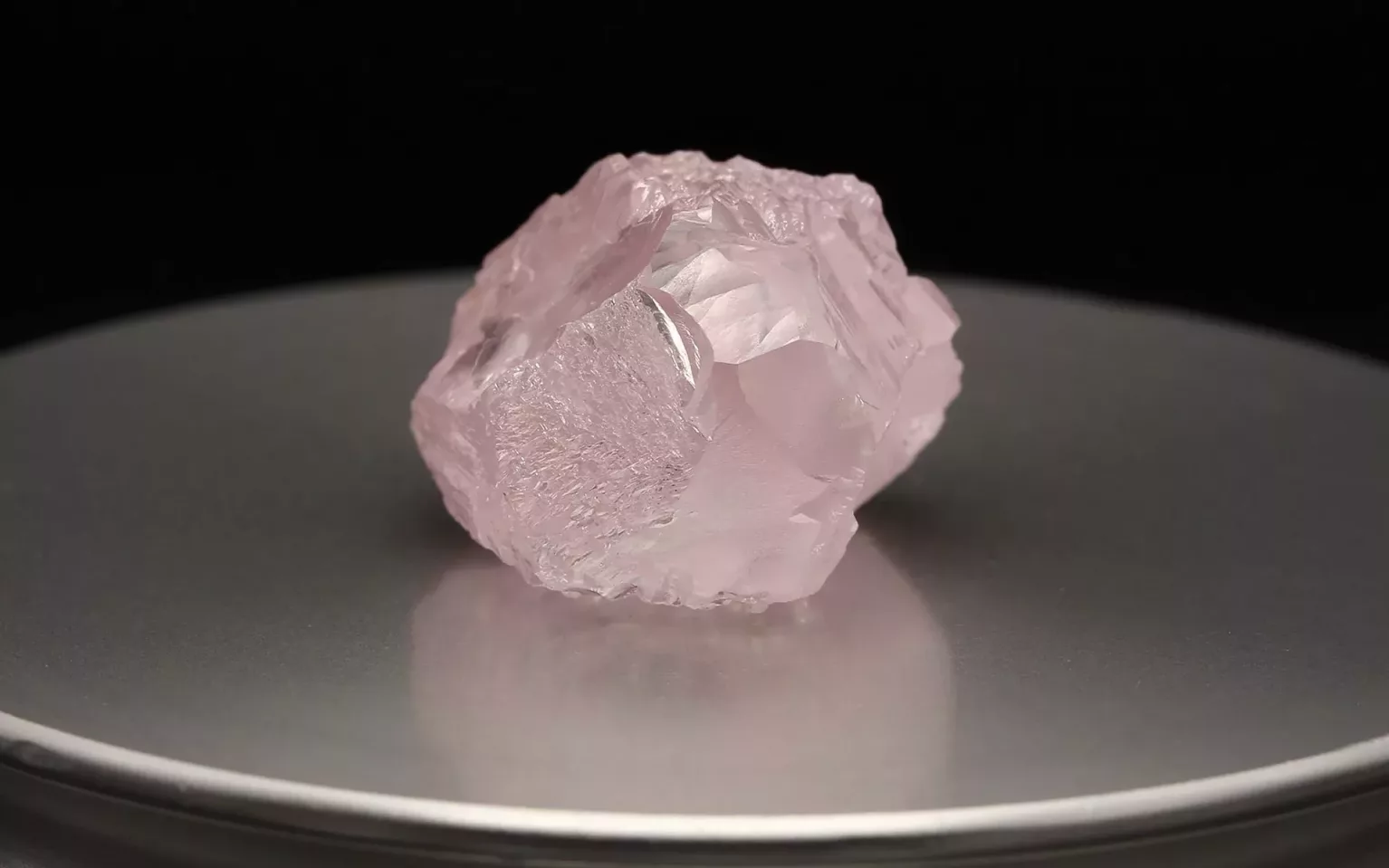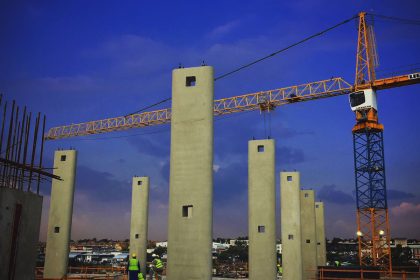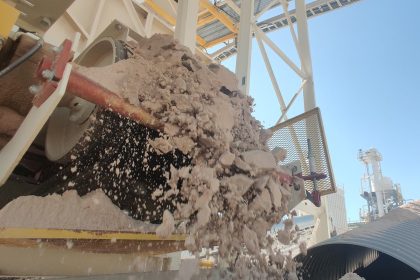Owned and operated by Storm Mountain Diamonds, the Kao mine is renowned for the production of rare, precious pink diamonds. Mohale Ralikariki, CEO, highlights the exceptional prospects of the deposit.
PINK AMID THE PEAKS
Irrespective of location, mining remains one of the key drivers of national economies and the backbone of industrialisation.
In Lesotho, the mining industry is predominated by diamond mining, with the landlocked mountain kingdom considered one of the most important diamond-producing countries in Africa.
A continent blessed with abundant resources, Africa remains a key destination for investment, but the geopolitical risk needs to be well understood.
Lesotho, for instance, has one of the highest number of kimberlite bodies per square kilometre in the world, meaning the full mineral prospectivity of the country has not yet been determined.
“It is up to the African governments to create a conducive environment for attracting investment by developing a consistent, predictable and enabling legal framework,” outlines Mohale Ralikariki, CEO of Storm Mountain Diamonds (SMD).
Ralikariki grew up in a small village in Lesotho, where for decades labourers have been migrating to neighbouring South Africa to work in the mines. Lesotho has thus been heavily reliant on remittances from migrant mine workers.
Mining, although in its infancy stage, is a popular sector in Lesotho for this reason, and there has been a shift in government policy direction since the beginning of the 21st century to unlock the country’s mineral wealth potential. New diamond mines continue to open up, with the latest two new mines at the development stage.
By intensifying efforts to promote and attract investment into the domestic mining industry, the Lesotho government has successfully translated its sheer comparative advantage inherited from mineral resources endowment to a national competitive advantage, which marked the beginning of large scale commercial mining operations in Lesotho.
“I was then awarded a scholarship by the government to pursue a degree in mining engineering, as part of the initiative to create a sustainable pool of talent to support the emerging mining sector,” Ralikariki elaborates.
“That is where my illustrious career in mining started. It has been quite an exciting and challenging journey, which I continue to cherish to this day.”
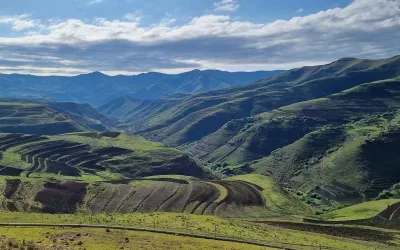
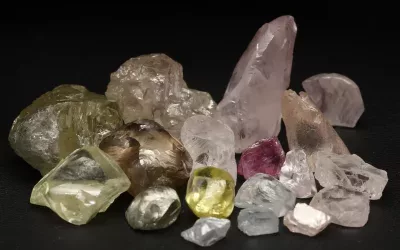
PRECIOUS PINKS
Despite the increasing global challenges, the mining industry remains a dynamic and exciting environment to work in.
Africa, like other continents across the world, is shifting to align and respond to internal and external shocks, with mining companies such as SMD generally flexible enough to adapt to the changing environment in order to remain competitive and profitable.
Jointly owned by Namakwa Diamonds Limited and the Lesotho government, SMD owns and operates the Kao diamond mine, the fourth biggest kimberlite in Southern Africa and the largest in Lesotho.
With a remaining resource base of approximately 6.6 million carats, it has been explored to a depth of 500 metres and is located in the kingdom’s picturesque Botha Bothe district.
“The mine is situated in the heart of Lesotho’s mountain range, a spectacular landscape with breathtaking views,” smiles Ralikariki.
As well as the typical shades of yellow, pale brown and white, Kao yields diamonds in a glittering array of rare colours such as blue, purple and pink, the latter of which it has become a primary producer across the globe.
Indeed, over the last couple of years, some remarkable pink stones have been recovered from the mine, including the Pink Storm, the Rose of Kao and the Pink Palesa. What’s more, most of the Kao pinks do not have secondary colours, and those that do are dominated by purple.
With the closure in 2020 of the Argyle diamond mine, the world’s number one pink diamond mine situated in the remote north of Western Australia, Kao is well poised to become a major player in the world of rare pink diamonds.
Further confirmation of Kao’s role as a leading producer of pink diamonds came in October 2022 when SMD announced the recovery and sale of the Pink Eternity, an exceptional 47.8 carat pink diamond, the largest recovered at Kao to date.
“We produce gem quality diamonds, and we are famously known for the production of top quality pink diamonds and other fancy colours,” Ralikariki tells us.
“We produce gem quality diamonds, and we are famously known for the production of top quality pink diamonds”
Mohale Ralikariki, CEO, Storm Mountain Diamonds
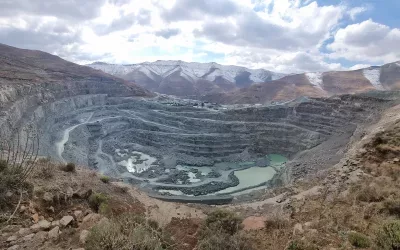
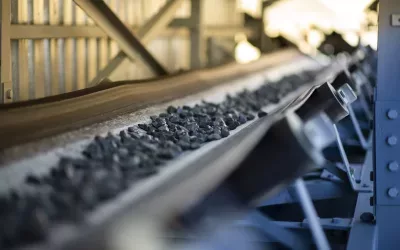
KEY OPERATIONAL ASSET
Unique in the market, SMD’s pink diamonds are of the highest quality and come in a range of sizes, giving buyers unrivalled access to premium goods that no other mine produces.
Products are sold through an international trading platform in Antwerp, Belgium, with buyers coming from across the globe.
“We pride ourselves on the quality of our diamonds and the resilient nature of our 800 employees, who are the key asset to our operations,” notes Ralikariki.
Although competition is high for specialised technical and engineering expertise, due to a scarcity of skills in Lesotho, SMD remains an employer of choice in the country and has extensive skills development programmes in place.
Equally, employee retention schemes keep the Kao mine ahead of its competitors, whilst SMD’s low turnover of staff is symptomatic of the management’s efforts to implement a people-focused human resources (HR) Strategy.
“SMD currently has an employee turnover of less than 0.5 percent, which is significantly lower than the industry norm of around 3.5 percent,” Ralikariki informs us.
Employee engagement, increased business communication, and continuous improvement of employee morale are benchmarks of the company’s HR Strategy, which is informed by the outcome of engagement surveys periodically conducted across the business.
The HR Strategy therefore represents the voices of staff members, aims to mitigate turnover risks, and ensures a conducive working environment within the business.
A vibrant Community Investment Strategy, meanwhile, drives all of SMD’s projects, aimed at improving the livelihoods of the surrounding communities.
“We have done a lot for communities, such as building health posts, schools, supporting agricultural projects and local businesses through localised procurement, and developing skills by providing sponsorships and internships to host communities,” explains Ralikariki.
“All of these efforts have played a pivotal role in creating a positive image for the company, to remain attractive to the buyers of the product as well as the employees.”
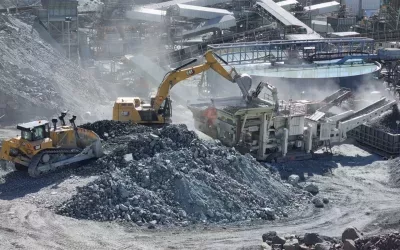
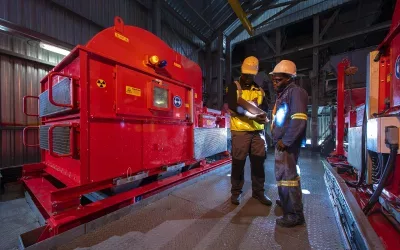
PROCESSING UPGRADES
SMD has managed to increase its processing capacity by an impressive 40 percent over the past five years, as a result of the additional processing capacity created by a plant expansion project in 2017, and will continue to look for opportunities to expand.
Following the expansion of SMD’s processing plant, the company undertook various initiatives to stabilise production at the upgraded capacity.
“I believe that the key for us to maintain such impressive production figures lies in the motivation and dedication of our people, along with very sound maintenance practices,” affirms Ralikariki.
Since 2017, the company has also continued to invest in Kao through projects that both improve the safety of its people and increase the efficiency of the mine.
For example, SMD has recently invested in stormwater management due to increased rainfall over the years in Lesotho, as well as installed efficient crushers at the existing plant to improve diamonds liberation.
“We are currently assessing the viability of adding even better technology to our crushing circuits that could decrease the risk of breakages, with the added benefit of better liberation,” Ralikariki reveals.
Approximately, the Kao mine has more than 18 years of operation left, which has positively influenced the facility’s operational processes.
“Having the benefit of a large resource in Lesotho (compared to other mines) definitely has a positive influence on both the mine and the people.
“Kao is, nonetheless, a low-grade primary kimberlite pipe and thus will remain marginal, hence we are constantly looking at our cost structures, especially with the high inflation that we are currently experiencing. More importantly, however, we have to look for continuous improvement in our efficiencies on the production side, whether through higher throughput or better extraction and quality or a combination of both,” concludes Ralikariki.
By pursuing its own aggressive production targets for the year ahead, SMD hopes to convince all stakeholders to continue to invest in a rosy future for this great resource.
Editor’s note: Many of the business leaders featured by Mining Outlook continue sharing their insights on LinkedIn. For CEOs in the sector seeking to strengthen their online presence, visit LinkedIn Profile Optimization



